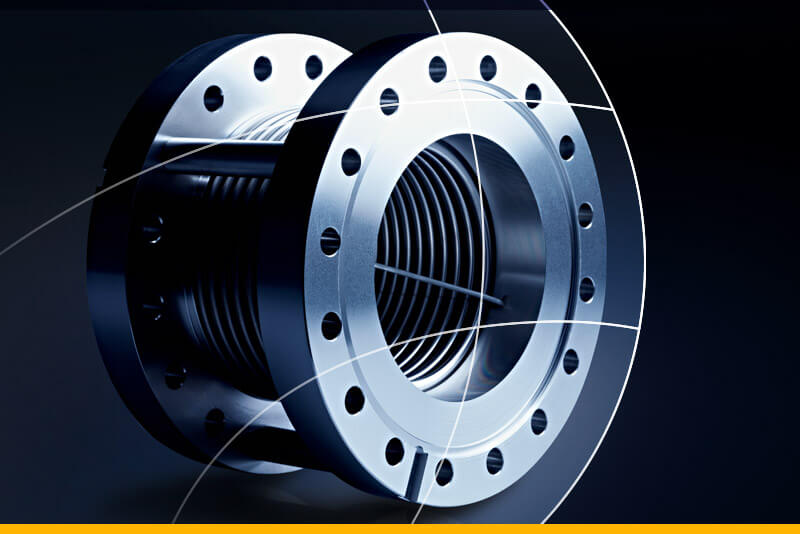- PVA Industrial Vacuum Systems GmbH
- Technologies
- Joining Technology
Vacuum brazing is a technology for joining substances in which the join is formed via the use of a filler material of the same type—a braze alloy. The properties of a brazed join are determined primarily by the material used for brazing and can be wide-ranging on account of a variety of available brazing materials. Vacuum brazing joins are generally created at temperatures of between 800 °C and 1,300 °C, with the vacuum atmosphere effectively preventing undesirable oxidation effects by acting as a high-purity protective gas atmosphere. Brazed joins made in vacuum furnaces exhibit extremely high mechanical strength, excellent corrosion resistance, and high thermal stability. When brazing paste containing binders is used, our patented system of debinding brazing both significantly cuts process time and considerably increases system availability.
Key applications for vacuum brazing include the manufacture of
- Heat exchangers, cooling plates (heating, cooling)
- EGR coolers
- Diamond and cemented carbide tools
- Turbine parts (gas and aircraft turbines)
- Vacuum interrupters
- Electron tubes
- Bushings (current leads etc.)
- Rotating anodes for X-ray machines
- Instruments (pressure measurement probes, thermo-elements, sensors)
- Machine parts (pistons, housings, burner parts)
- Mold-making (close-contour-cooled molds)
About our
vacuum brazing systems
As an ultra-modern bonding method, diffusion bonding is today an indispensable part in the manufacturing of complex components. Thanks to the perfectly coordinated interaction of surface pressure, temperature and time, diffusion bonding creates bonds of the very highest quality—without a joint seam or deformation. High-strength, close-fitting joins can be created without the use of filler materials.
The method, based on diffusion processes, can be used to form joins both with materials of the same type and with various dissimilar metals. In addition to metals, a range of ceramic materials and several types of glass can be joined. Since the boundary surfaces between components are dissolved during bonding, bonded assemblies have properties that correspond to those of the base materials. This means that semi-finished products can be turned into monolithic components. Diffusion bonding is intended for applications involving high mechanical, thermal, and corrosive loads.
To encourage the necessary transfer of material, the components are usually heated to 50–80% of the melting temperatures of the materials. At the same time, mechanical forces are built up via a hydraulic pressing unit. A high-vacuum atmosphere or high-purity protective gas atmosphere prevents undesirable oxidation effects.
Key applications for diffusion bonding include the manufacture of
- Planar heat exchangers
- Cooling plates (heating, cooling)
- Microstructured high-performance heat exchangers and microreactors
- Turbine parts (gas and aircraft turbines)
- Medical technology (dissimilar bonds and zero-filler components)
- Prototypes (layered objects)
- Mold-making (close-contour-cooled molds, high-stress distributor plates)
About our
diffusion bonding systems
